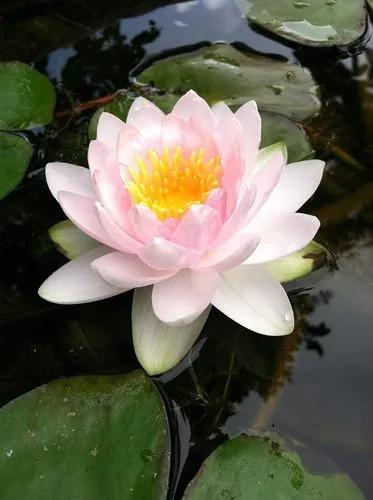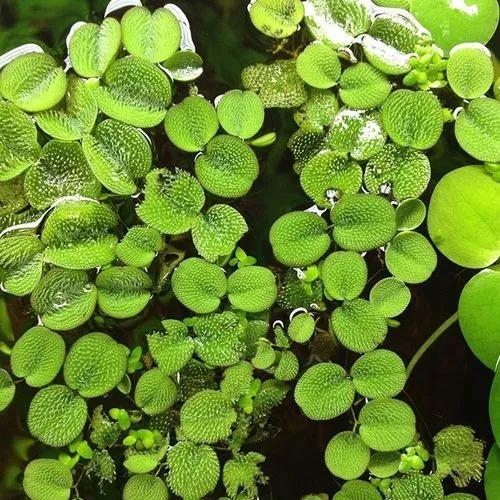Codium fragile (Bryopsidales, Chlorophyceae) is a siphonous green alga with a NW Pacific origin (Trowbridge 1998). This taxon is presently divided into 10 subspecies (Brodie et al. 2007), one of which is a well-known introduced seaweed: C. fragile subsp. fragile (Suringar) Hariot (previously C. fragile subsp. tomentosoides; Provan et al. 2008). This subspecies has good dispersal and establishment abilities (Nyberg and Wallentinus 2005) and has spread worldwide over the last 200 years (Provan et al. 2008). In new habitats, it can have ecological and economic impacts; for example, it may compete with native kelps or fucoids (Scheibling and Gagnon 2006, Armitage et al. 2014), influence seaweed-associated fauna composition (Schmidt and Scheibling 2006, Drouin et al. 2011, Armitage and Sjøtun 2016), negatively affect commercial bivalve beds (summarised in Trowbridge 1998) and impact ecosystem services (Vilà et al. 2010). In Norway, C. fragile subsp. fragile has been classified as a high-impact non-native species due to its widespread distribution, long expected population lifetime and moderate ecological impact (Gederaas et al. 2012). In some regions, it can become locally abundant, growing in patches in the upper subtidal and infralittoral zones of sheltered and moderately wave-exposed locations, especially with boulder/cobble substratum (Armitage et al. 2014).
Green Sea Fingers Care
Codium Fragile



What is the plant
How to Care for the Plant

Water

In water

Popularity

53 people already have this plant 7 people have added this plant to their wishlists
Ease your plant care routine with PlantIn's personalized system.
What's wrong with your plant?
Related Plants
Discover more plants with the list below
Popular articles






